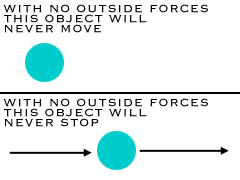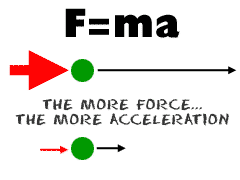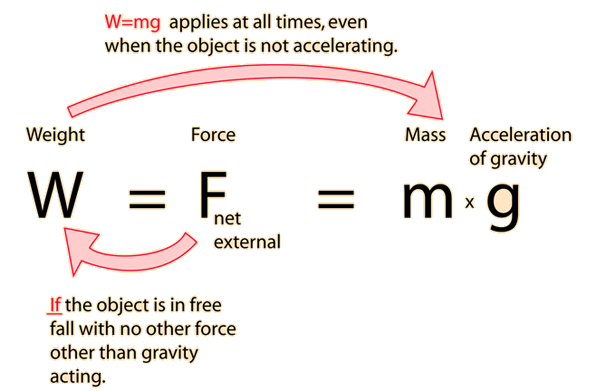We all know the measuring tape and the measuring rule. We, in fact, know how to use them. Here is the picture of the two.
 |
| Measuring Tape |
 |
| Measuring Ruler |
| Vernier Caliper |
 |
| Micrometer Screw Gauge |
Instrument | Range of Measurement | Precision
Measuring Tape | 0 - 5 m | 0.1 cm
Metre Rule | 0 - 1 m | 0.1 cm
Vernier Caliper | 0 - 15 cm | 0.01 cm
Micrometer Screw Gauge | 0 - 2.5 cm | 0.001 cm (0.01 mm)
The Vernier Caliper allows the measurement of 3 different types of measurement: The External Caliper for the External Diameter; the Internal Caliper for the Internal Diameter; and the Depth Probe to measure Depth. They are represented by 1, 2, and 3 on the digram respectively.
How do you read a Vernier Caliper? This 5 minute video will teach you in detail how to use it.
The Micrometer Screw Gauge, on the other hand, measures in millimetres. It is usually used to measure diameter. The method to read is shown in the two minute video below.
Though they can measure precisely, they have problems in terms of zero error. For the Micrometer Screw Gauge, zero error occurs when the zero marks on the thimble scale and the datum failed to align the thimble and anvil to meet. For the Vernier Caliper, zero error occurs when the two jaws on the vernier scale and the main scale failed to align when the jaws are completely closed.
Examples of Zero Error are as follows:
The above are zero errors for the Vernier Caliper. The 0 on the Vernier scale and Main Scale is supposed to be aligned, but it is not. The Zero Error for both are -0.08 cm and 0.08 cm each. When we are making the calculations, remember to deduct the zero error.
Measuring Tape | 0 - 5 m | 0.1 cm
Metre Rule | 0 - 1 m | 0.1 cm
Vernier Caliper | 0 - 15 cm | 0.01 cm
Micrometer Screw Gauge | 0 - 2.5 cm | 0.001 cm (0.01 mm)
The Vernier Caliper allows the measurement of 3 different types of measurement: The External Caliper for the External Diameter; the Internal Caliper for the Internal Diameter; and the Depth Probe to measure Depth. They are represented by 1, 2, and 3 on the digram respectively.
How do you read a Vernier Caliper? This 5 minute video will teach you in detail how to use it.
This Java Applet lets you try out the vernier caliper online. (Note: Clicking on close simulation will close the webpage.)
The Micrometer Screw Gauge, on the other hand, measures in millimetres. It is usually used to measure diameter. The method to read is shown in the two minute video below.
Though they can measure precisely, they have problems in terms of zero error. For the Micrometer Screw Gauge, zero error occurs when the zero marks on the thimble scale and the datum failed to align the thimble and anvil to meet. For the Vernier Caliper, zero error occurs when the two jaws on the vernier scale and the main scale failed to align when the jaws are completely closed.
Examples of Zero Error are as follows:
 |
| Negative Zero Error for Vernier Caliper |
 |
| Positive Zero Error for Vernier Caliper |
For the Micrometer Screw Gauge, the below photo shows the difference between no zero error, positive zero error, and negative zero error.
For this, the Positive Zero Error is 0.02mm while for the negative, it is -0.04mm.
Now, let us talk about the Ticker-Tape Timer. The information below is based on personal research, as I was only know the brief idea of this machine. This machine is better than the stopwatch, as it eliminates the problem of human reaction time. However, this timer can only be used in limited locations, and it requires some time for the data to be processed and for the actual time to be calculated.
Here is a video on the Ticker-Tape Timer:
The Ticker-Tape is attached to a machine. This machine will make the dots.
Between two consecutive dots there is a time interval of 1/50 s or 0.02 s. If there are 10 spaces on a piece of tape, the time taken for the tape to pass through will be
10 x 0.02 s = 0.20 s.
This section of the tape is also known as a 10-dot tape. Note that the counting starts from zero.
 |
| A 10-dot Tape |














